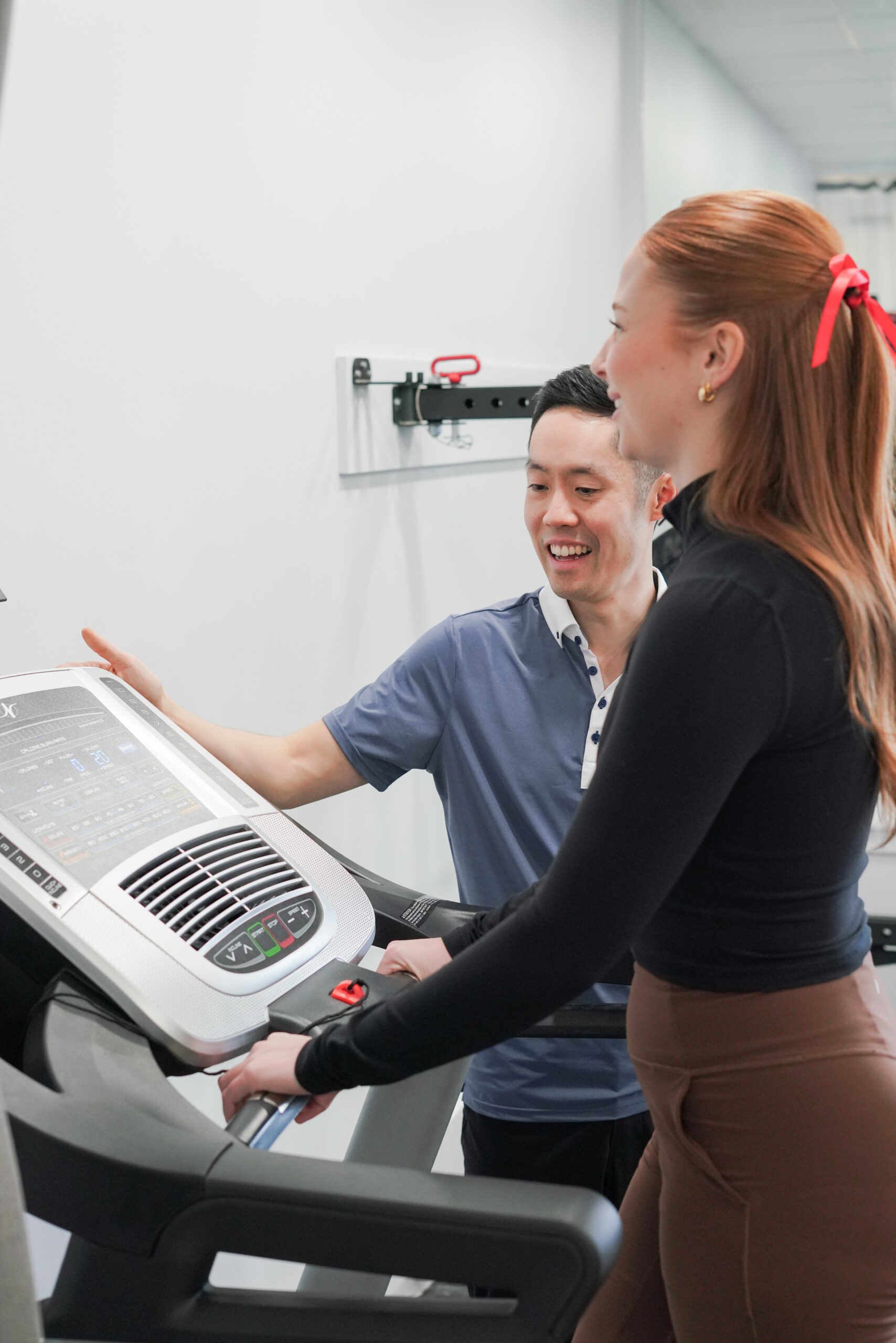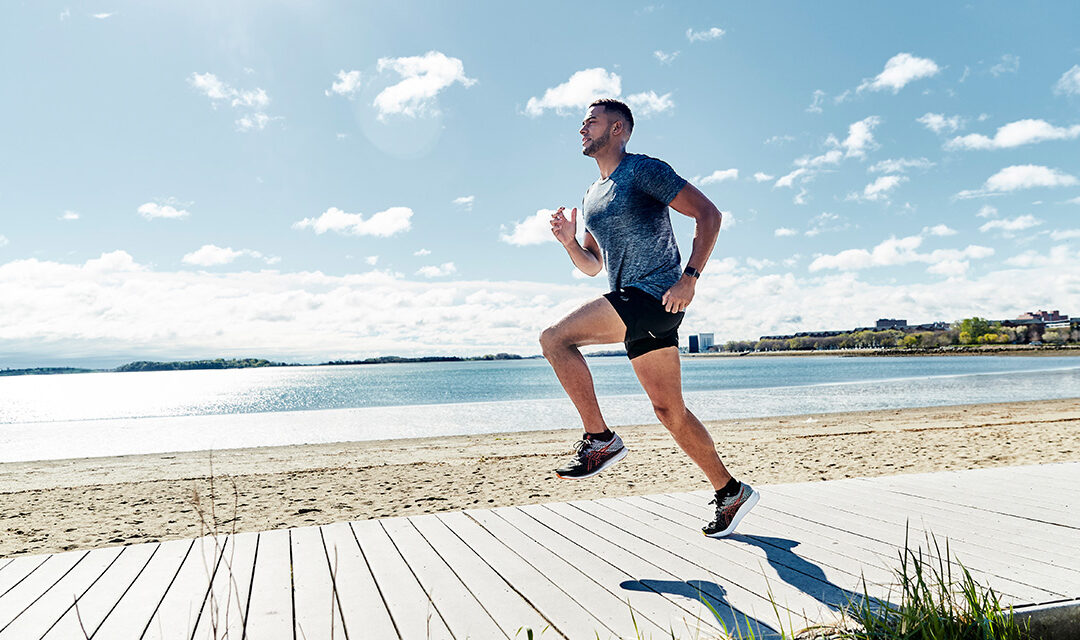Running is a fantastic way to stay fit, relieve stress, and enjoy the outdoors. However, it’s not uncommon for runners to encounter injuries along the way. From shin splints to runner’s knee, these issues can sideline your progress and dampen your enthusiasm. Fortunately, physiotherapy offers effective strategies for preventing and treating these injuries. In this blog post, we’ll explore common running injuries and how physiotherapy can help you recover and prevent future problems.
Common Running Injuries
- Shin Splints
- What It Is: Shin splints, or medial tibial stress syndrome (MTSS), cause pain along the inner edge of the shinbone. It often results from overuse or changes in running routines.
- Symptoms: Sharp or dull pain along the shin, especially during or after running.
- Physiotherapy Approach: Treatment focuses on reducing inflammation, stretching the calf muscles, and strengthening the tibialis anterior. A physiotherapist may also analyze your running form to address any contributing factors.
- Runner’s Knee (Patellofemoral Pain Syndrome)
- What It Is: This condition involves pain around the kneecap and is often due to improper alignment or overuse.
- Symptoms: Dull ache around the kneecap, which worsens with activity or sitting for long periods.
- Physiotherapy Approach: Treatment typically includes exercises to strengthen the quadriceps, improve flexibility in the hamstrings and calves, and address any alignment issues. A physiotherapist may also provide guidance on proper running shoes and technique.
- Iliotibial Band Syndrome (ITBS)
- What It Is: ITBS occurs when the iliotibial band—a thick band of tissue running along the outside of the thigh—becomes tight and inflamed.
- Symptoms: Pain on the outer side of the knee, often felt during or after running.
- Physiotherapy Approach: Treatment focuses on stretching the iliotibial band and surrounding muscles, strengthening the hip abductors, and addressing any imbalances in running form or footwear.
- Achilles Tendinitis
- What It Is: This injury involves inflammation of the Achilles tendon, which connects the calf muscles to the heel.
- Symptoms: Pain and stiffness in the Achilles tendon, especially in the morning or after running.
- Physiotherapy Approach: Treatment includes eccentric strengthening exercises, calf stretching, and possibly using modalities like ultrasound or ice therapy. Addressing running technique and footwear is also crucial.
- Stress Fractures
- What It Is: Stress fractures are small cracks in the bone, usually caused by repetitive force or overuse.
- Symptoms: Localized pain that worsens with activity and improves with rest.
Physiotherapy Approach: Rest and modification of activity are essential. Physiotherapists help with rehabilitative exercises to strengthen surrounding muscles and guide a gradual return to running.


The Physiotherapy Advantage
Physiotherapy offers a holistic approach to managing and preventing running injuries. Here’s how it can benefit you:
- Individualized Assessment: Physiotherapists assess your running form, muscle imbalances, and overall biomechanics to tailor a treatment plan specific to your needs.
- Pain Management: Techniques such as manual therapy, ice/heat application, and modalities like ultrasound can help reduce pain and inflammation.
- Rehabilitation Exercises: Strengthening and flexibility exercises are designed to address muscle imbalances and prevent future injuries.
- Education and Prevention: Physiotherapists educate you on proper running techniques, appropriate footwear, and strategies to avoid overuse injuries.
- Gradual Return to Activity: A structured return-to-running plan helps ensure you resume training safely and progressively, minimizing the risk of re-injury.
Tips for Injury Prevention
- Warm Up and Cool Down: Always start with a proper warm-up and finish with a cool-down to prepare your muscles and prevent stiffness.
- Gradual Progression: Increase your mileage and intensity gradually to allow your body time to adapt.
- Strength Training: Incorporate strength training exercises for key muscle groups to support your running routine.
- Proper Footwear: Invest in running shoes that provide adequate support and cushioning for your foot type.
- Listen to Your Body: Pay attention to any signs of discomfort and adjust your training as needed.
What’s Next?
Running injuries can be frustrating, but with the right approach, you can recover and get back to your favorite activity. Physiotherapy offers valuable tools and techniques to manage, rehabilitate, and prevent injuries. If you’re experiencing any pain or discomfort while running, consult with a physiotherapist to get a personalized treatment plan and stay on track with your running goals.
Happy running, and here’s to a pain-free stride!

